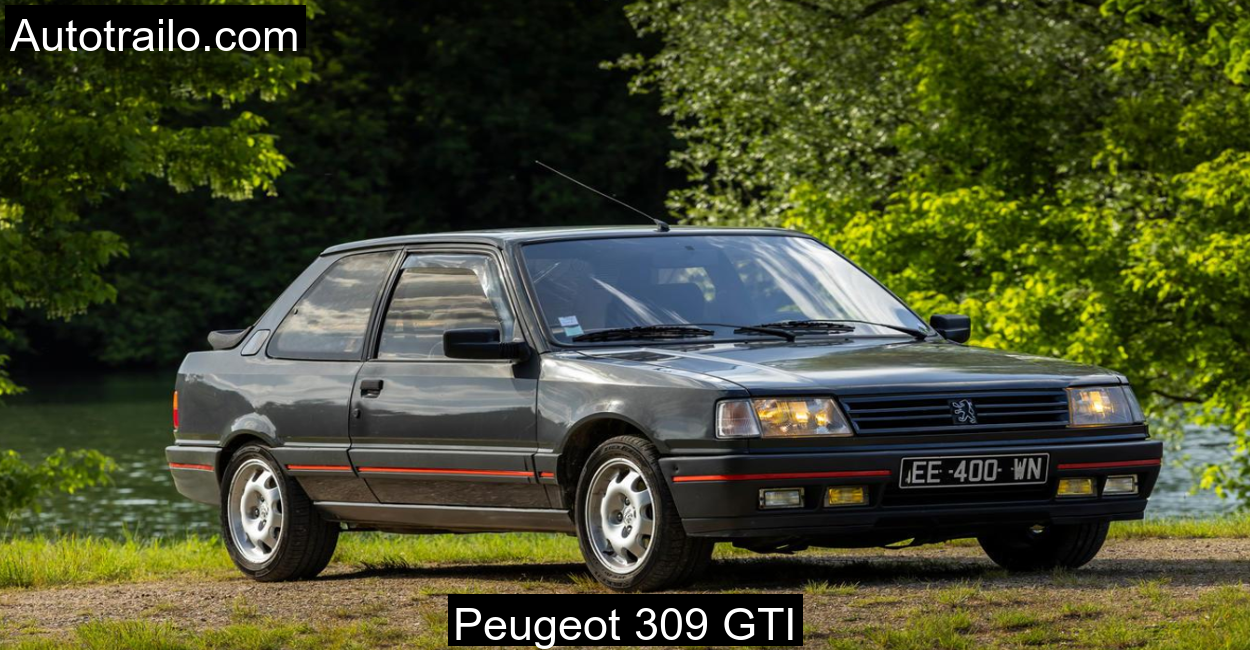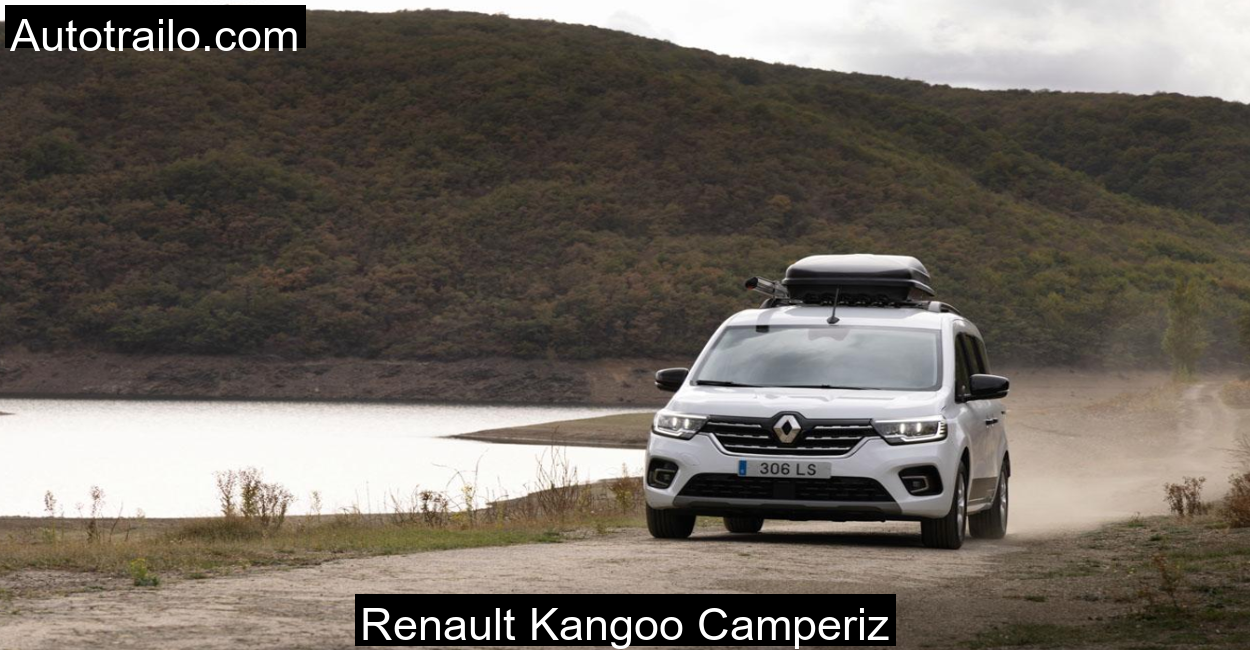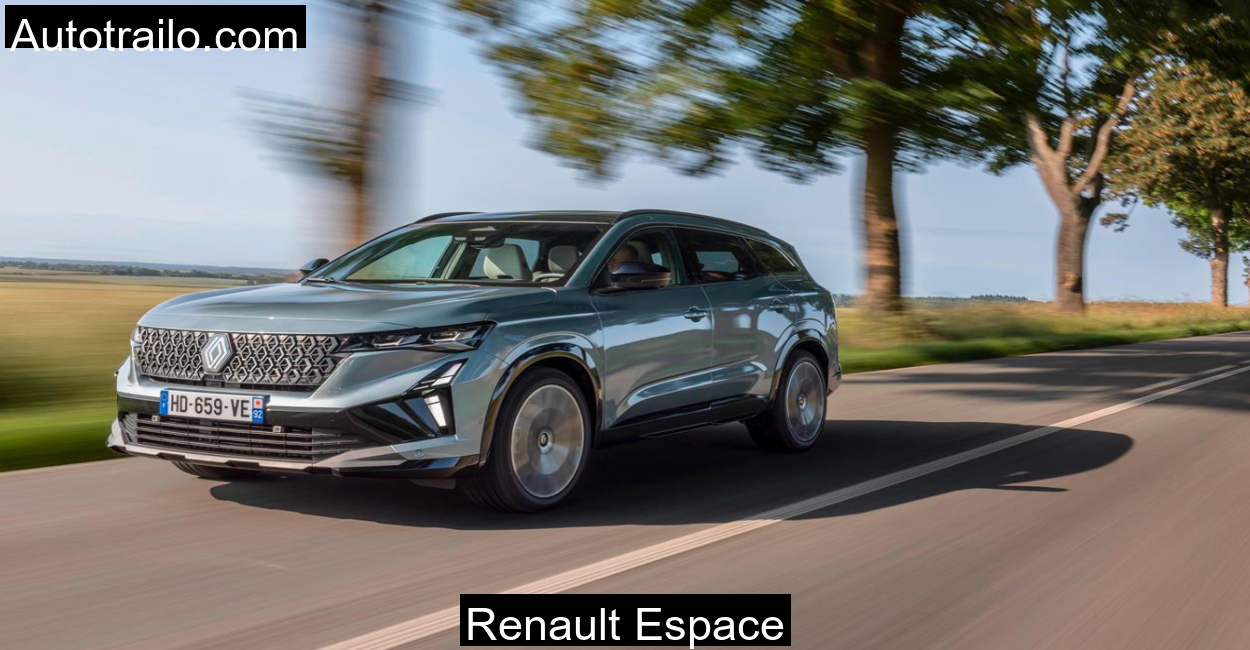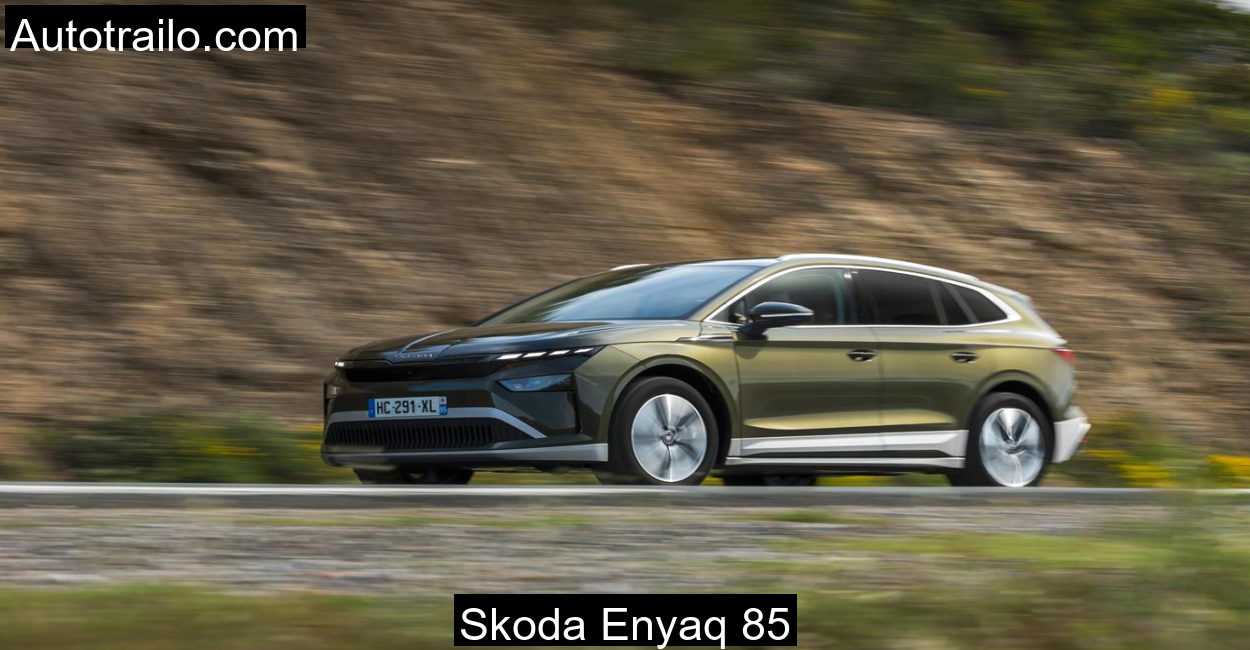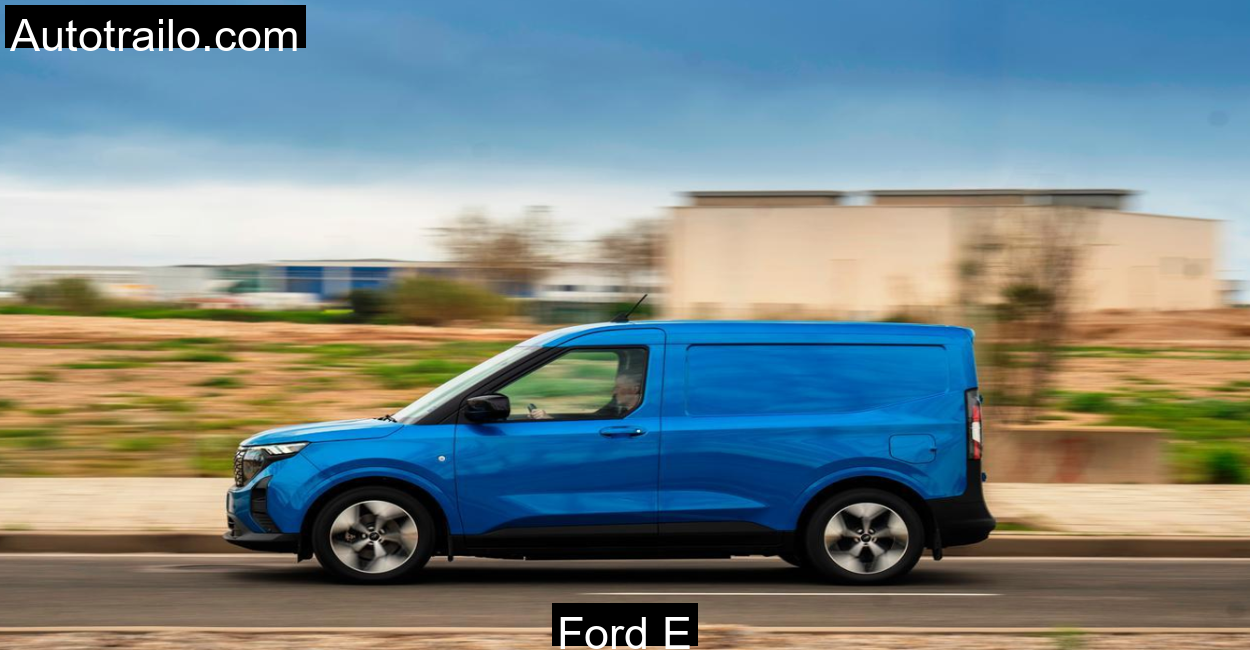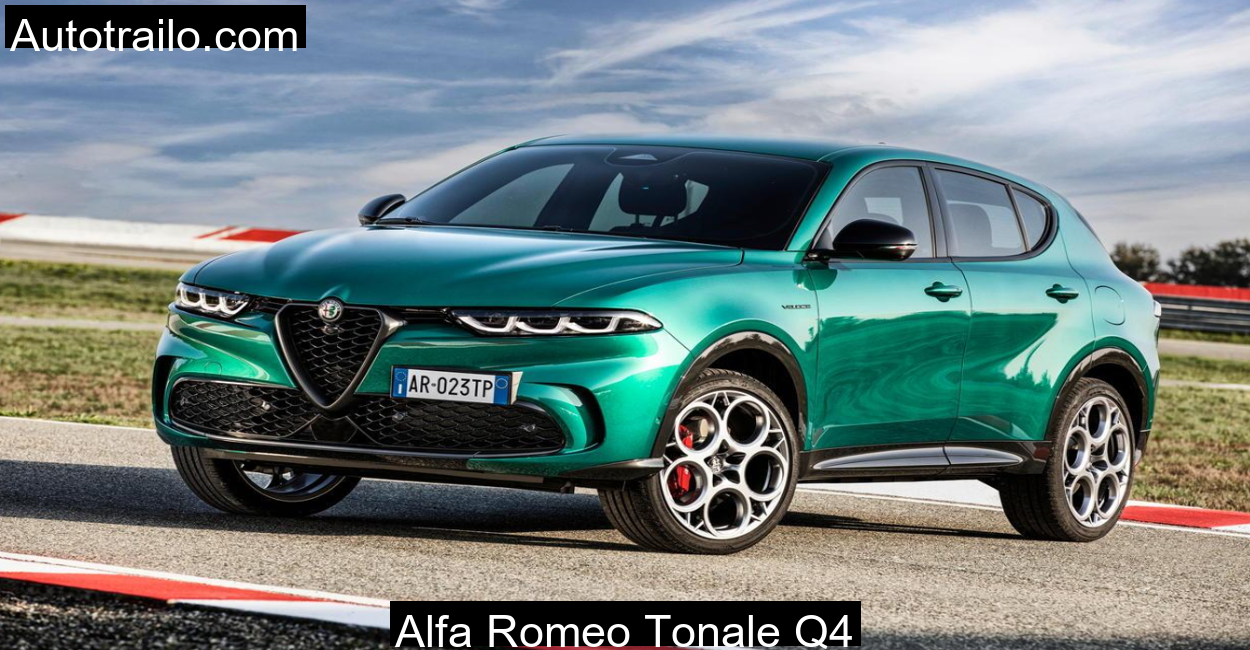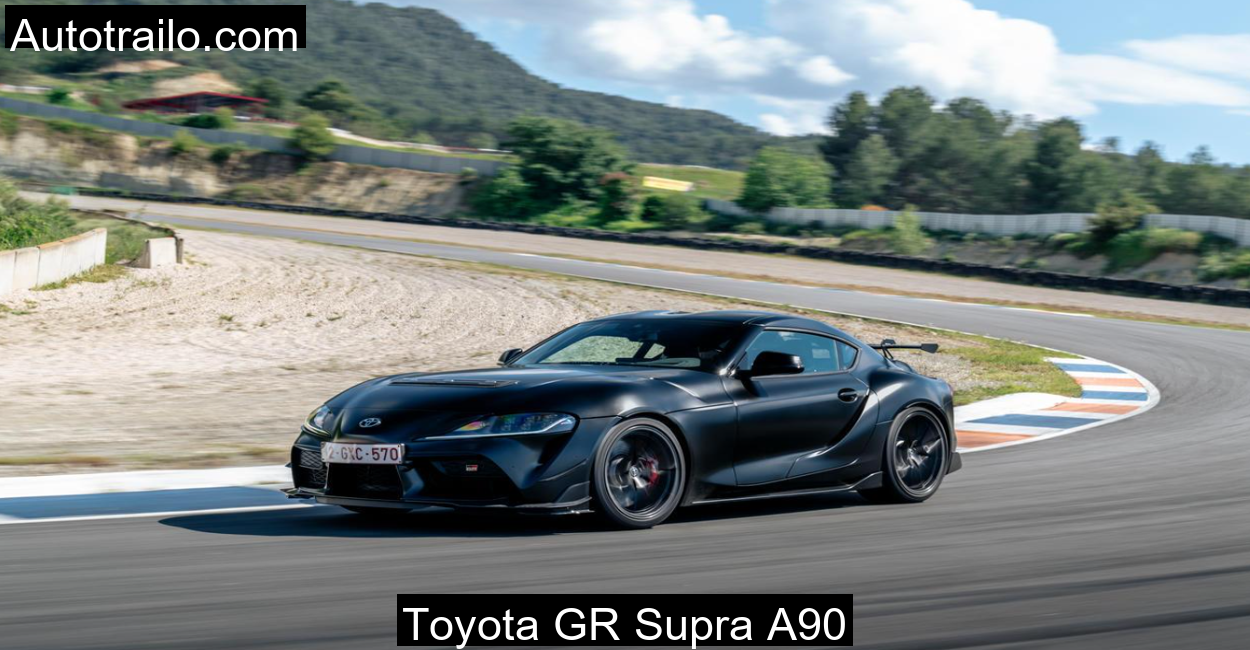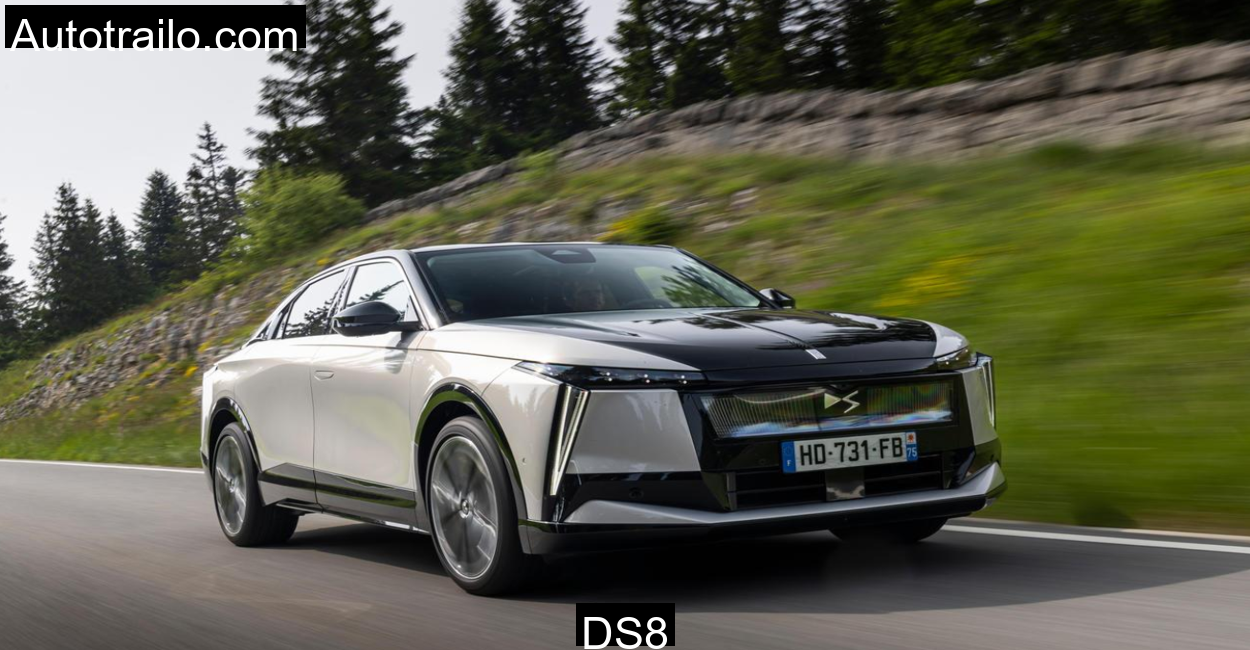Introduction: The Car and the Climb
Nestled in the hills of Himachal Pradesh, Kasauli is a town that seems to have been forgotten by time. Its narrow roads, flanked by towering pines and fog-kissed ridges, don’t just invite you to drive, they challenge you. It’s a place where power must meet precision, and where a car must dance with the terrain, not just conquer it. I took the Peugeot 309 GTI, an unlikely hero from the past, on these roads, not to prove anything, but to feel everything.
Born from an identity crisis, the 309 GTI carries an origin story as unconventional as the route to Kasauli itself. Initially meant to be a Talbot, the 309 was hastily rebranded as a Peugeot in the mid-1980s. The result? A hatchback with the bones of the venerable 205, the practicality of a family car, and a heart that beat with genuine hot-hatch ambition. The 309 GTI was overshadowed by its smaller sibling, the 205 GTI, but in many ways, it was the more capable machine.
On this journey up the steep, curving ridges of Kasauli, the 309 GTI showed me that true driving pleasure doesn’t fade with age, it deepens.
Table of Contents
Peugeot 309 GTI Technical Specifications
We guarantee the accuracy of our Peugeot content by sourcing it straight from the manufacturer’s site.
| Parameter | Specification |
| Engine Type | 4-cylinder petrol |
| Displacement | 1,905 cm³ |
| Power Output | 130 hp @ 6,000 rpm |
| Torque | 161 Nm @ 4,750 rpm |
| Transmission | 5-speed manual |
| Drivetrain | Front-wheel drive |
| 0 to 100 km/h | 8.0 seconds |
| Top Speed | 206 km/h |
| Curb Weight | 930 kg |
| Dimensions (L×W×H) | 4.05 m × 1.63 m × 1.38 m |
| Fuel Tank Capacity | 55 liters |
| Standard Tires | 185/55 VR15 |
The First Stretch: Winding Out of Chandigarh
The drive began early in the morning from Chandigarh, where the city’s symmetry and predictable grids offered a moment of quiet before the ascent. The 309 GTI didn’t make a show of itself at first. The 1.9-liter engine was relaxed, almost casual, as we rolled past roundabouts and onto NH5. There was a subtle grumble under the hood, a prelude to something more intense. With the gearstick nestled in my right hand and that analog tachometer climbing steadily, it was clear that this French relic still had the spirit of rebellion stitched into its fabric.
Unlike modern turbocharged cars, the naturally aspirated GTI doesn’t throw you back into your seat. It encourages you to participate. You don’t just press the throttle; you work with it. And that’s how the road from Chandigarh to Dharampur passed, in a series of smooth pulls, tight shifts, and rising anticipation.
The Kasauli Ghat Begins: Power Meets Gradient
Once the climb to Kasauli started, the GTI shed any remaining civility. These were roads made for torque, not just horsepower. Hairpins came quickly, gradients were sharp, and stretches of broken tarmac demanded a responsive chassis. Here, the 309 GTI proved its mettle.
The steering, uncorrupted by modern electronics, provided unfiltered feedback. Even with power assistance, it stayed communicative. You could feel the tire scrub in tighter bends, the understeer when you pushed a bit too hard, and the car’s light frame shifting its weight from side to side. There was something incredibly human about it.
The 130 horsepower figure may look modest today, but in a car that barely weighs 930 kilograms, it feels anything but. The revs climb quickly, the intake note deepens, and the car surges forward. The gear ratios, especially third and fourth, are perfectly tuned for hill work. You keep the revs above 4,000, let the engine sing, and suddenly, each corner becomes a chance to dance.
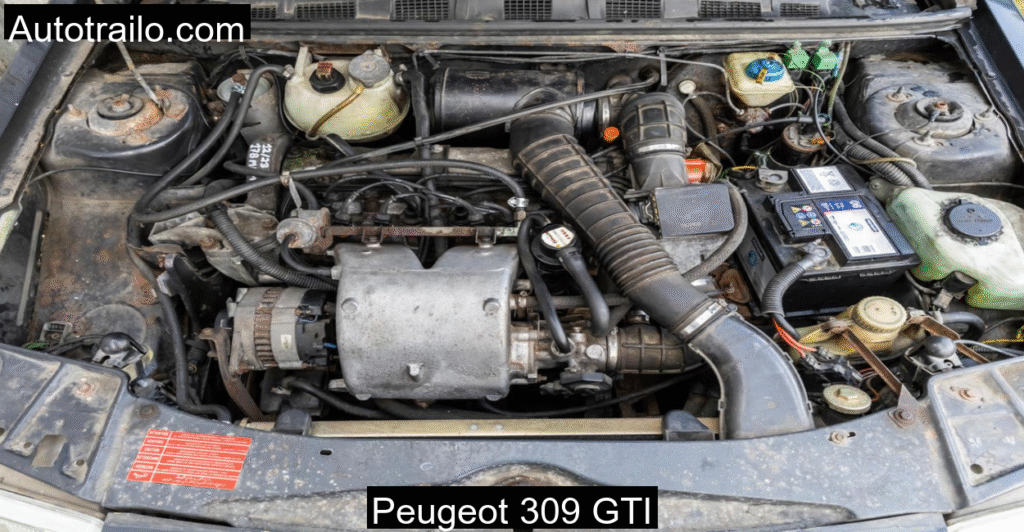
Brakes, Balance, and Bravado
Midway through the climb, I started pushing harder. The road narrowed and the trees came closer. Brake zones became shorter, but the 309’s confidence didn’t waver. The ventilated front discs weren’t massive, but they bit with urgency and never faded despite the altitude gain and constant use.
The chassis showed its age, not through any weakness, but in the way it communicated every bump and shift. This car doesn’t filter the road. It invites it in. You feel the imperfections in the tarmac through your spine, and somehow, it becomes part of the joy. The suspension setup was firm but forgiving. There was enough compliance to soak up smaller potholes, yet enough rigidity to keep the car flat through the tight S-bends near Monkey Point.
And then there’s the balance. This is where the 309 GTI quietly outshines the 205 GTI. The longer wheelbase and slightly more rearward weight distribution give it a poise that few 1980s hot hatches could match. You can brake late, trail the pedal into a corner, and the rear will gently rotate, just enough to line you up for the exit without ever stepping out of line.
Interior Echoes of a Forgotten Era
I parked near Gilbert Trail for a break. The view from that spot, overlooking the valley below, is nothing short of cinematic. As I stepped out and looked back at the 309, its boxy profile framed by conifers, I couldn’t help but admire its honesty.
Inside, the cabin is as unfiltered as the drive. The dashboard is straight-edged and unapologetically plastic, but everything serves a function. The driving position is oddly high, the gearstick long and slightly vague, yet nothing feels unnecessary. The instrument cluster is clear, the ventilation works, and there are no distractions, no screens, no touch-sensitive panels, no software updates.
Even the seats, though not bolstered like modern performance buckets, held me just fine through every curve. There’s enough space for two adults and a weekend bag. For a car that was once just a practical family hatch, the GTI trim turned it into a genuine backroad companion.
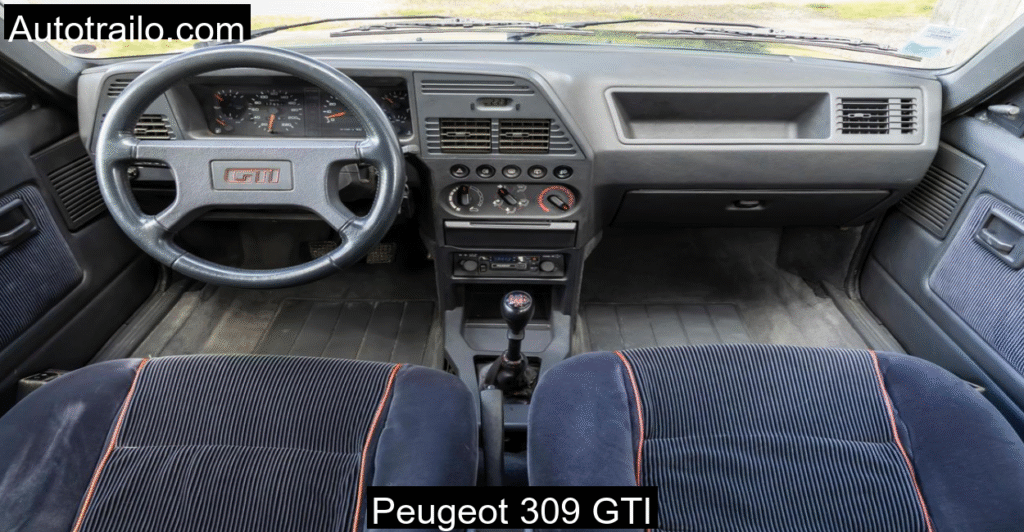
The Descent: Trust and Torque
Going downhill in a front-wheel drive car with no electronic stability aids might scare some. Not here. The 309 GTI invites trust. You rely on engine braking, short gears, and that linear torque curve to manage speed. The gearbox, although light, remains precise enough to downshift without drama. Heel-and-toe isn’t just possible, it feels natural.
As we descended, the sunlight began to fade. The old halogen lamps lit up the road in warm yellow streaks. With the windows down, the scent of pine filled the cabin. The GTI hummed along, not worn out from the drive, but seemingly content. So was I.
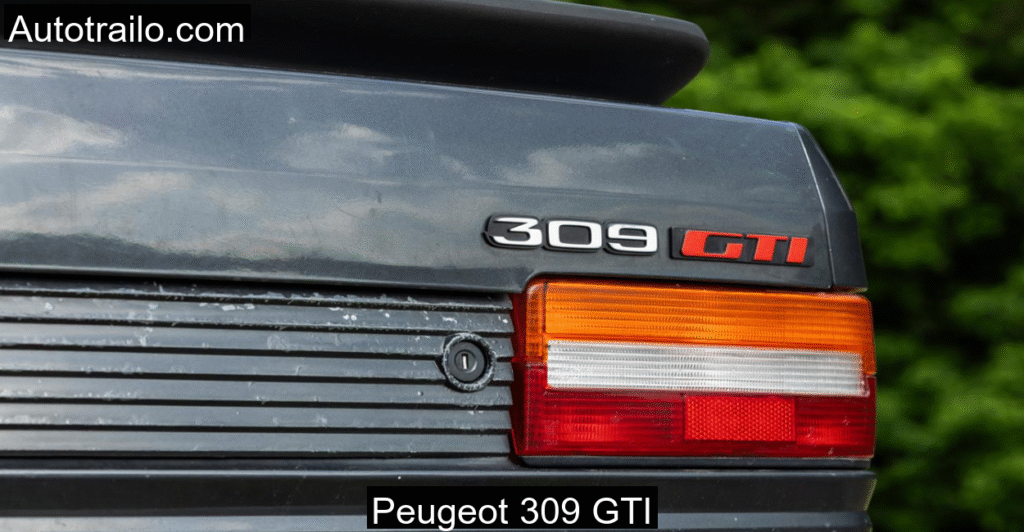
Conclusion: The Soul of Driving, Rediscovered
Modern performance cars can do 0 to 100 in under four seconds, brake from 200 without drama, and corner faster than most of us dare. But somewhere in all that capability, they lose something. Emotion. Involvement. The art of simply enjoying the drive.
The Peugeot 309 GTI is not perfect. It has quirks, it demands effort, and it doesn’t flatter poor technique. But that’s why it’s special. On the winding roads of Kasauli, with fog drifting across the ridgelines and silence broken only by the growl of a 1.9-liter motor, the 309 GTI reminded me why we drive for the joy of it.
FAQs
Is the Peugeot 309 GTI suitable for hill driving?
Absolutely. With a lightweight chassis, strong mid-range torque, and excellent steering feedback, it thrives on twisty mountain roads. It demands respect and rewards skill.
How does the 309 GTI compare to the 205 GTI?
While the 205 GTI is more famous, the 309 GTI offers more balance and slightly better high-speed stability thanks to its longer wheelbase. It’s the underrated sibling that deserves more attention.
What is the fuel economy like on long drives?
Driven gently, it can return decent mileage for its age. On mountain roads, with aggressive shifting, expect higher consumption. But it’s never excessive thanks to its low weight.
Can the 309 GTI handle modern traffic conditions?
Yes, but it feels more analog. There are no driver aids, so you rely entirely on your judgment. In city traffic, its size makes it nimble. On highways, it cruises confidently at legal speeds.
Is it a practical car for weekend getaways?
It is surprisingly spacious. The boot is large, the rear seats usable, and the mechanicals simple. If you’re after charm and character over gadgets, it’s perfect.
